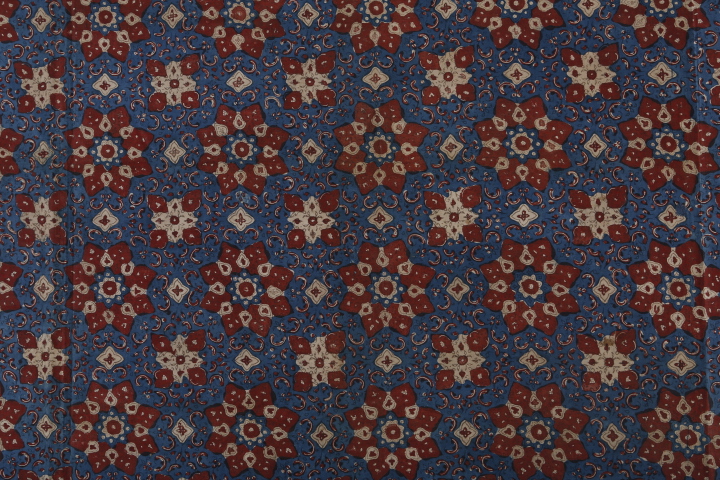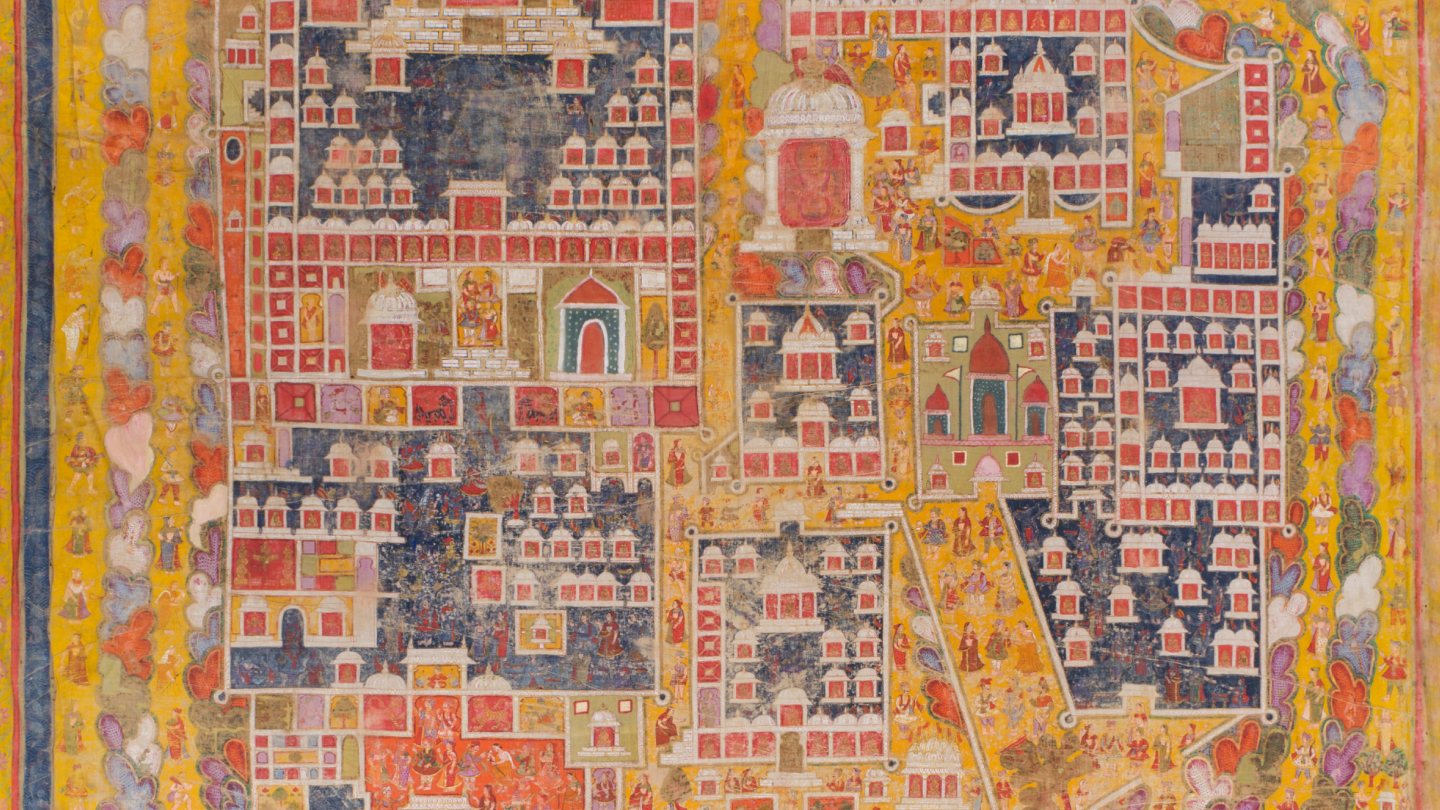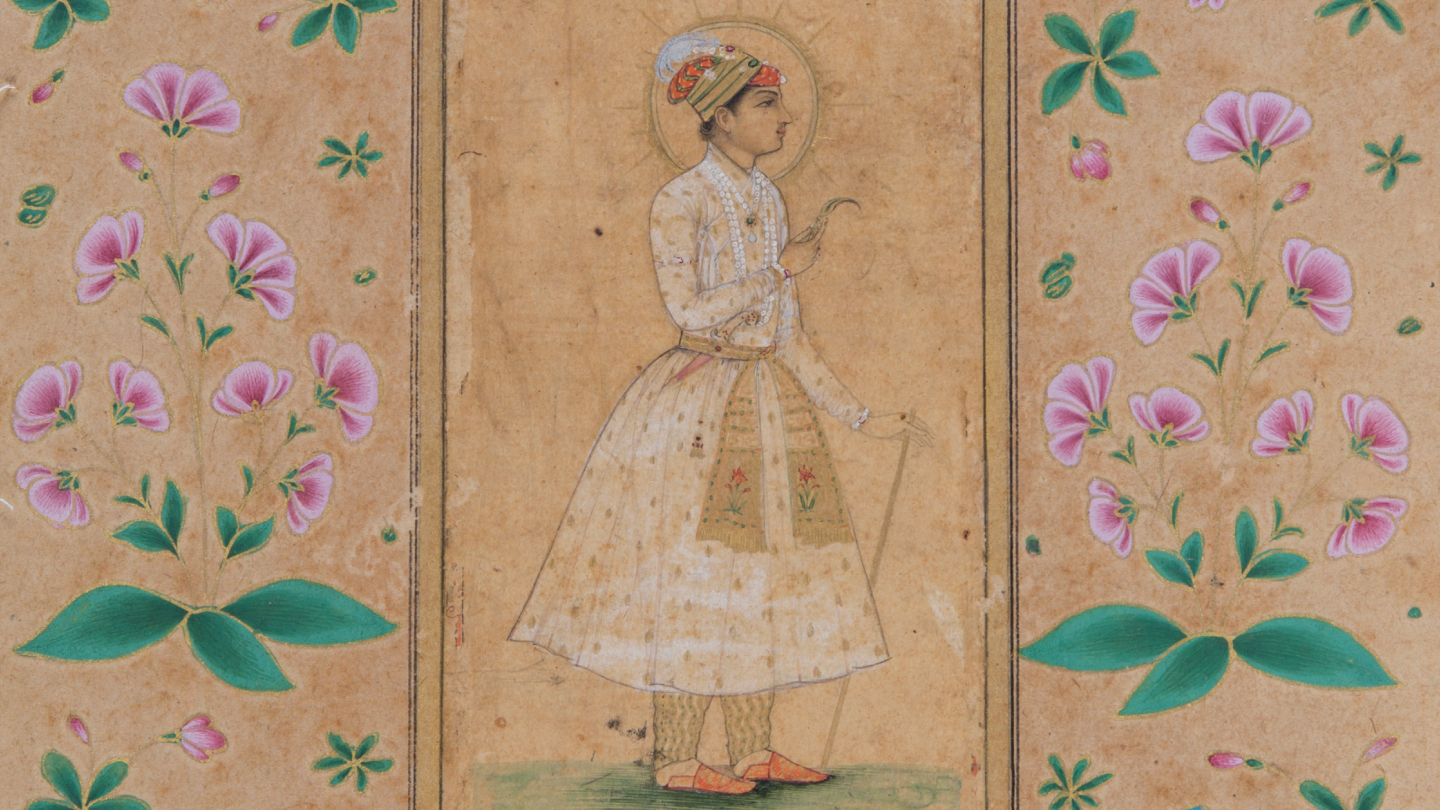Blogs
The Breath of Art
Dr. Gowri Ramnarayan
Tracing the contribution and significance of the ‘Trinity’ of Carnatic Music who invested the genre with weight, diversity and beauty.
Hailed as the “Trinity”, Tyagaraja (1759-1847), Muthuswami Dikshitar (1776 – 1827), and Syama Sastri (1762-1827), poured out their music and words simultaneously, investing Carnatic music with weight, diversity and beauty, even as they extended its boundaries.
As they adapted and perfected the tripartite kriti form, each evolved a stylistic identity of his own, distinct, inimitable. Together, they left a body of work so commanding that performers all but forgot the songs of earlier composers. Subsequent composers – and there are many–have never been accepted as their equal.
All three were born in Tiruvarur, Thanjavur district, Tamil Nadu. They lived in the same district, and were contemporaries, though, amazingly, without authentic evidence of them ever having met each other!
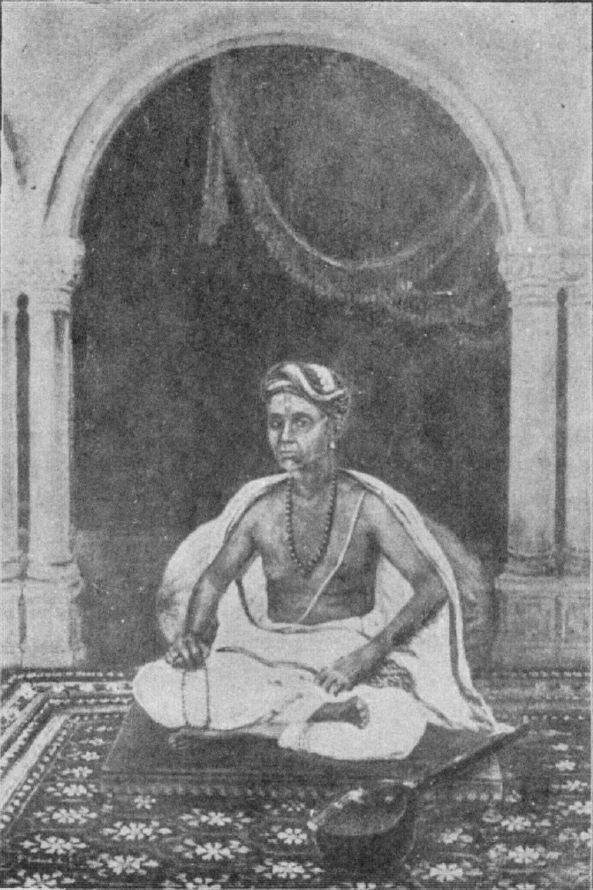
A painting of the Carnatic music composer, Tyagaraja (1767–1847), from the Jaganmohan palace in Mysore, Image credit: Wikimedia Commons
Intriguingly, thanks to the Andhra ancestry of Tyagaraja and Syama Sastri, in the heart of the Tamil country, Telugu became the dominant language of Carnatic music, while Dikshitar gave primacy to Sanskrit. Their impact was so powerful that several composers whose mother tongue was Tamil or Kannada, composed their songs in Telugu and Sanskrit!
To the three titans, music was worship, not a profession. They spurned royal patronage and wealth. Their lifestyle and philosophy were reflected in their compositions, filled with the ideals of virtue, devotion and surrender to the godhead.
However, seeing these composers as saints, and their words as religious in thrust, has made people label Carnatic music only as “devotional”, “religious”, and “spiritual”.
This aura of spirituality and claims to mysticism can often obscure the musical profundity and craft wizardry of Carnatic music. After all, great art is not a means to some other, or better. It is an end in itself. To see the Trinity as the proponents of faith alone can fit Carnatic music into a religious grid, propagandist in intent, turning the music into something elitist and exclusive.
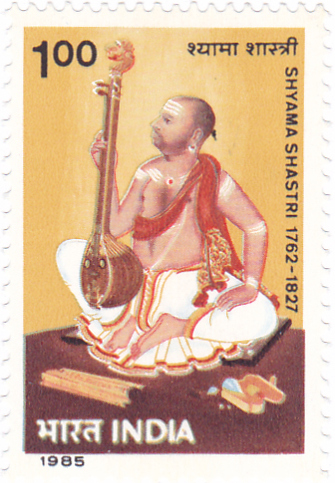
Stamp of India featuring the composer, Shyama Shastri, 1985, Image credit: Wikimedia Commons
But fortunately, we also know that the three composers represent the highest aesthetical standards in Carnatic music. Looking only at one aspect of their work – the way they shaped the texture of the ragas they handled – shows us how complex and layered their legacy can be. They made the familiar ragas more layered and profound, so that, today, no musician can improvise the major ragas without having assimilated them from the multiple compositions of the Trinity. Again, with the mindset of an innovative explorer, they also introduced a whole range of ragas which became familiar only through their compositions. They showed us how academic theories can turn into joyous practice!
And how dynamic their spirit of adventure! Syama Sastri seems to trip across nonchalant rhythms – but wait till you try to sing them! Dikshitar draws generously from north Indian music. On a lighter note, both he and Tyagaraja even composed their own songs to the English tunes they heard from the British bands and orchestras!
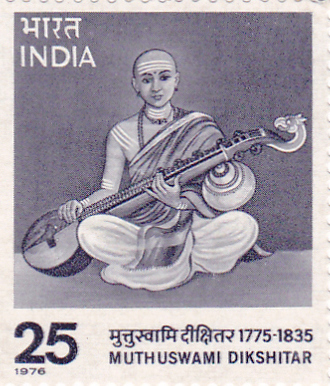
Stamp of India featuring the composer, Muthuswami Dikshitar, 1976, Image credit: Wikimedia Commons
It is their magnificent artistic genius that gives their work its timeless, universal significance. Listening to their compositions is to know that art does not guide us to some other goal, it is unparalleled bliss in itself.
And the pulse of devotion in their work? What does it do but highlight – always in consonance with the melody – the fact that art is nothing but life, with human values for its very breath? After all, isn’t Tyagaraja’s Rama the auditory personification of truth, compassion, and service?
Click here to watch the session Enduring Compositions, a musical tribute to the three great eighteenth century Carnatic music composers, that was part of MAP’s festival Art is Life: SoundFrames, held from 3rd-5th December 2021.
Founder, inhouse playwright and artistic director of JustUs Repertory, Dr. Gowri Ramnarayan uses modern techniques to evolve multi-genre theatre performances in a global context and represent the complexities of modern life.

